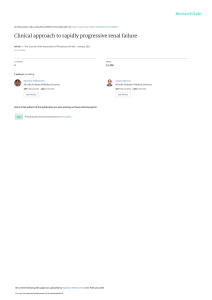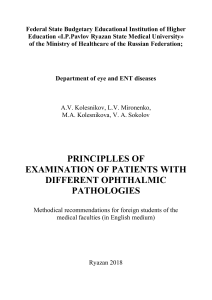Exercise 2. Read and translate the text 1. Medical equipment.
реклама
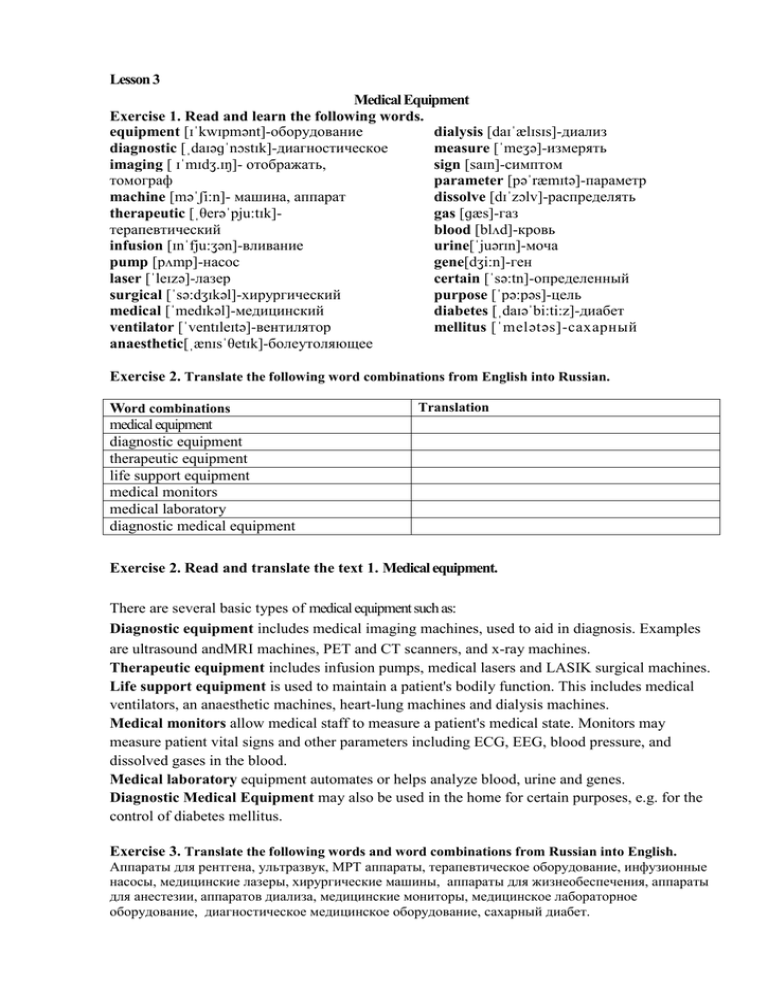
Lesson 3 Medical Equipment Exercise 1. Read and learn the following words. equipment [ɪˈkwɪpmənt]-оборудование dialysis [daɪˈælɪsɪs]-диализ diagnostic [ˌdaɪəɡˈnɔstɪk]-диагностическое measure [ˈmeʒə]-измерять imaging [ ɪˈmɪdʒ.ɪŋ]- отображать, sign [saɪn]-симптом томограф parameter [pəˈræmɪtə]-параметр machine [məˈʃi:n]- машина, аппарат dissolve [dɪˈzɔlv]-распределять therapeutic [ˌθerəˈpju:tɪk]gas [ɡæs]-газ терапевтический blood [blʌd]-кровь infusion [ɪnˈfju:ʒən]-вливание urine[ˈjuərɪn]-моча pump [pʌmp]-насос gene[dʒi:n]-ген laser [ˈleɪzə]-лазер certain [ˈsə:tn]-определенный surgical [ˈsə:dʒɪkəl]-хирургический purpose [ˈpə:pəs]-цель medical [ˈmedɪkəl]-медицинский diabetes [ˌdaɪəˈbi:ti:z]-диабет ventilator [ˈventɪleɪtə]-вентилятор mellitus [ˈmelətəs]-сахарный anaesthetic[ˌænɪsˈθetɪk]-болеутоляющее Exercise 2. Translate the following word combinations from English into Russian. Word combinations medical equipment diagnostic equipment therapeutic equipment life support equipment medical monitors medical laboratory diagnostic medical equipment Translation Exercise 2. Read and translate the text 1. Medical equipment. There are several basic types of medical equipment such as: Diagnostic equipment includes medical imaging machines, used to aid in diagnosis. Examples are ultrasound andMRI machines, PET and CT scanners, and x-ray machines. Therapeutic equipment includes infusion pumps, medical lasers and LASIK surgical machines. Life support equipment is used to maintain a patient's bodily function. This includes medical ventilators, an anaesthetic machines, heart-lung machines and dialysis machines. Medical monitors allow medical staff to measure a patient's medical state. Monitors may measure patient vital signs and other parameters including ECG, EEG, blood pressure, and dissolved gases in the blood. Medical laboratory equipment automates or helps analyze blood, urine and genes. Diagnostic Medical Equipment may also be used in the home for certain purposes, e.g. for the control of diabetes mellitus. Exercise 3. Translate the following words and word combinations from Russian into English. Аппараты для рентгена, ультразвук, МРТ аппараты, терапевтическое оборудование, инфузионные насосы, медицинские лазеры, хирургические машины, аппараты для жизнеобеспечения, аппараты для анестезии, аппаратов диализа, медицинские мониторы, медицинское лабораторное оборудование, диагностическое медицинское оборудование, сахарный диабет. Exercise 4. Match the beginning of the sentences to their endings. 1. Diagnostic equipment includes a) automates or helps analyze blood, urine and 2. Therapeutic equipment includes 3. Life support equipment is used genes. b) to maintain a patient's bodily function. This i ncludes medical ventilators, an anaesthetic machines, heartlung machines and dialysis machines. c) in the home for certain purposes, e.g. for the control of diabetes mellitus. 4. Medical laboratory equipment d) infusion pumps, medical lasers and LASIK s 5. Diagnostic Medical Equipment ma e) medical imaging machines, used to aid in diagno sis. Examples are ultrasound and MRI machines, PET and CT scanners, and xray machines. urgical machines. y also be used Exercise 5. Read and learn the following words. diagnosis [ˌdaɪəɡˈnəusɪs]-диагноз refer [rɪˈfə:]-относиться к attempt [əˈtempt]-попытка determine [dɪˈtə:mɪn]-определять disorder[dɪsˈɔ:də]-расстройство, проблема identify [aɪˈdentɪfaɪ]-определять sense [sens]-понимание, значение procedure [prəˈsi:dʒə]-процедура opinion [əˈpɪnjən]-мнение, представление reach [ri:tʃ]-достигать diagnostician [ˌdaɪəɡnɔsˈtɪʃən]-диагност discern [dɪˈsə:n]-различать distinguish[dɪsˈtɪŋɡwɪʃ]-отличать, характеризовать apart [əˈpɑ:t]-независимо, обособленно perceive [pəˈsi:v]-получать nuclear [ˈnju:klɪə]-радиология technique [tekˈni:k]-метод dimensional [dɪˈmenʃənl]-размерный slice [slaɪs]-часть originally [əˈrɪdʒɪnəlɪ]-первоночально scan [skæn]-просмотр, сканирование acompany [əˈkʌmpəni ]-сопровождаемый axial [ˈæksɪəl]-осевой tomography [təˈmɒɡ.rə.fi]-томограф radiographer[reɪ.diˈɒɡ.rə.fər]-рентгенолог acquire [əˈkwaɪə]-получать notably [ˈnəutəblɪ]- в основном security [sɪˈkjuərɪtɪ]-безопасность infuse [ɪnˈfju:z]-вливать intravenously [ɪntrəˈviːnəslɪ]-внутривенно subcutaneous [ˈsʌbkju:ˈteɪnjəs]-подкожно epidural[epəˈdrəl]-спинная occasionally [əˈkeɪʒnəlɪ]-иногда emits [ɪˈmɪt]-излучать, выделять electromagnetic [ɪˈlektrəumæɡˈnetɪk]электромагнитный amplification [ˌæmplɪfɪˈkeɪʃən]увеличение, усиление emission [ɪˈmɪʃən]- излучене photons[ˈfəutɔns]-фотоны refract [ rɪˈfrækt ]-переломление ophthalmologists [ˌɔfθælˈmɔlədʒɪst]офтальмолог myopia [maɪˈəupjə]-близорукость hyperopia [haɪpəˈropiə]-дальнозоркость astigmatism[æsˈtɪɡmətɪzm]-астигматизм Lasik [lə`sɪk] лазерная кератопластика design [dɪˈzaɪn]-разрабатывать breatheable [ briːð ˈeɪbl]-способный дышать breathing [ˈbri:ðɪŋ]-дыхание insufficiently [ɪn.səˈfɪʃ.ənt li]-недостаточно anaesthetic [ˌænɪsˈθetɪk]-анестезирующее средство anaesthesia [ænəsˈθiː.ziə]-анестезия anaesthesiologist [æn.əsˌθiː.ziˈɒl.ə.dʒɪst]анестезиолог administration [ədˌmɪnɪsˈtreɪʃən]principal [ˈprɪnsəpəl]-основной назначение vital [ˈvaɪtl]-сосуд sign [saɪn]-признак, симптом electroencephalography [ɪˌlɛktrəʊɪnˌsɛfəˈlɒɡrəfi]heartbeat [ˈhɑːt.biːt ]-сердцебиение электроэнцефалография, ЭЭГ systolic[ sis.ˈtɒˌlik ]measurement [ˈmeʒəmənt]-размер, систолическое.Верхнее давление измерение называют систолическим. brain [breɪn]-мозг diastolic[daɪəˈstɒlɪk]electrode [ɪˈlektrəud]-электрод диастолическоеНижнее давление – vessel [ˈvesl]-сосуд диастолическое. Exercise 6. Read and translate the text 2. Medical equipment. Medical diagnosis (often simply termed diagnosis) refers both to the process of attempting to determine and identify a possible disease or disorder (and diagnosis in this sense can also be termed (medical) diagnostic procedure), and to the opinion reached by this process (also being termed(medical) diagnostic opinion). From the point of view of statistics the diagnostic procedure involves classification tests. It is a major component for example, the procedure of a doctor's visit. The plural of diagnosis is diagnoses, the verb is to diagnose, and a person who diagnoses is called a diagnostician.The word diagnosis (/daɪ.əɡˈnoʊsɨs/) is derived through Latin from the Greek word (διαγιγνώσκειν), meaning to discern or distinguish. This Greek word is formed from (διά), meaning apart, and (γιγνώσκειν), meaning to perceive. Positron emission tomography (PET) is a nuclear medicine imaging technique which produces a three-dimensional image or map of functional processes in the body. Computed tomography (CT scanners) "tomos" (slice) and "graphein" (to write). Computed tomography was originally known as the "EMI scan" as it was developed at a research branch of EMI, acompany best known today for its music and recording business. It was later known as "computed axial tomography" (CAT or CT scan). X-ray machine An X-ray machine is a device used by radiographers to acquire an x-ray image. They are used in various fields, notably medicine and security. . An infusion pump infuses fluids, medication or nutrients into a patient's circulatory system. It is generally used intravenously, although subcutaneous, arterial and epidural infusions are occasionally used. A laser is a device that emits light (electromagnetic radiation) through a process of optical amplification based on the stimulated emission of photons. LASIK or Lasik is a type of refractive laser eye surgery performed by ophthalmologists for correcting myopia, hyperopia, and astigmatism. A medical ventilator can be defined as any machine designed to mechanically move breatheable air into and out of the lungs, to provide the mechanism of breathing for a patient who is physically unable to breathe, or breathing insufficiently. The anaesthetic machine (or anesthesia machine in America) is used by anaesthesiologists to support the administration of anaesthesia. Electroencephalography (EEG) is the measurement of electrical activity produced by the brain as recorded from electrodes placed on the scalp. Blood pressure (BP) is the pressure exerted by circulating blood upon the walls of blood vessels, and is one of the principal vital signs. When used without further specification, "blood pressure" usually refers to the arterial pressure of the systemic circulation. During each heartbeat, BP varies between a maximum (systolic) and a minimum (diastolic) pressure. Exercise 7. You are a nurse. Discuss with each other some health problems of your patient. What kind of medical equipment you may use? Problem 1. The patient has myopia. What doctor he should go? Problem 2. The patient is in a coma and unable to breathe independently. What equipment you will use in this case? Problem 3. The patient has severe pain behind the breastbone. What equipment you will use to confirm the diagnosis of heart attack? Problem 4. Anesthesiologist need to apply anesthesia. What equipment he will use? Problem 5. The patient has a severe cough. What equipment will you use to confirm the diagnosis of pneumonia?
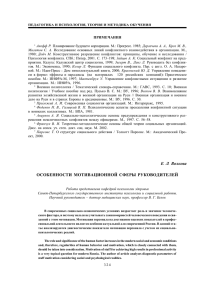
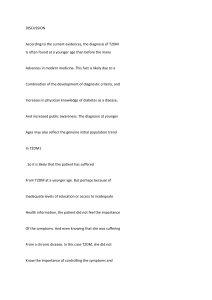
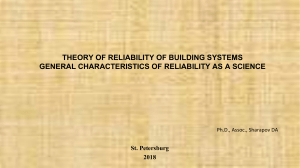
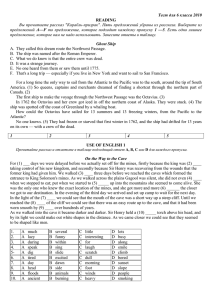
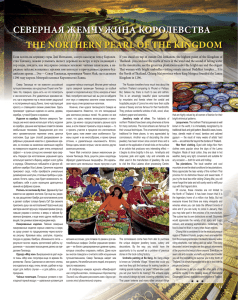
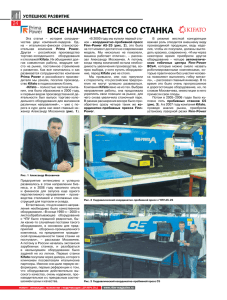
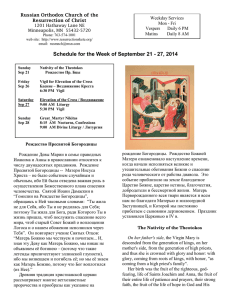
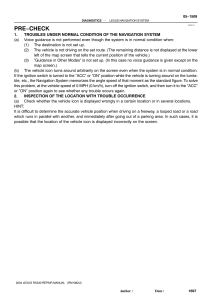
![[William G. Cvetnic, Eduardo Pino] USMLE Step 2 CK(z-lib.org)](http://s1.studylib.ru/store/data/006259272_1-482f828bbb6e23525f5cda7c04896cf8-300x300.png)
